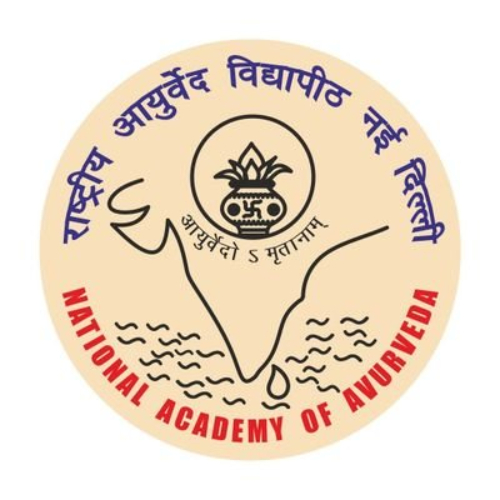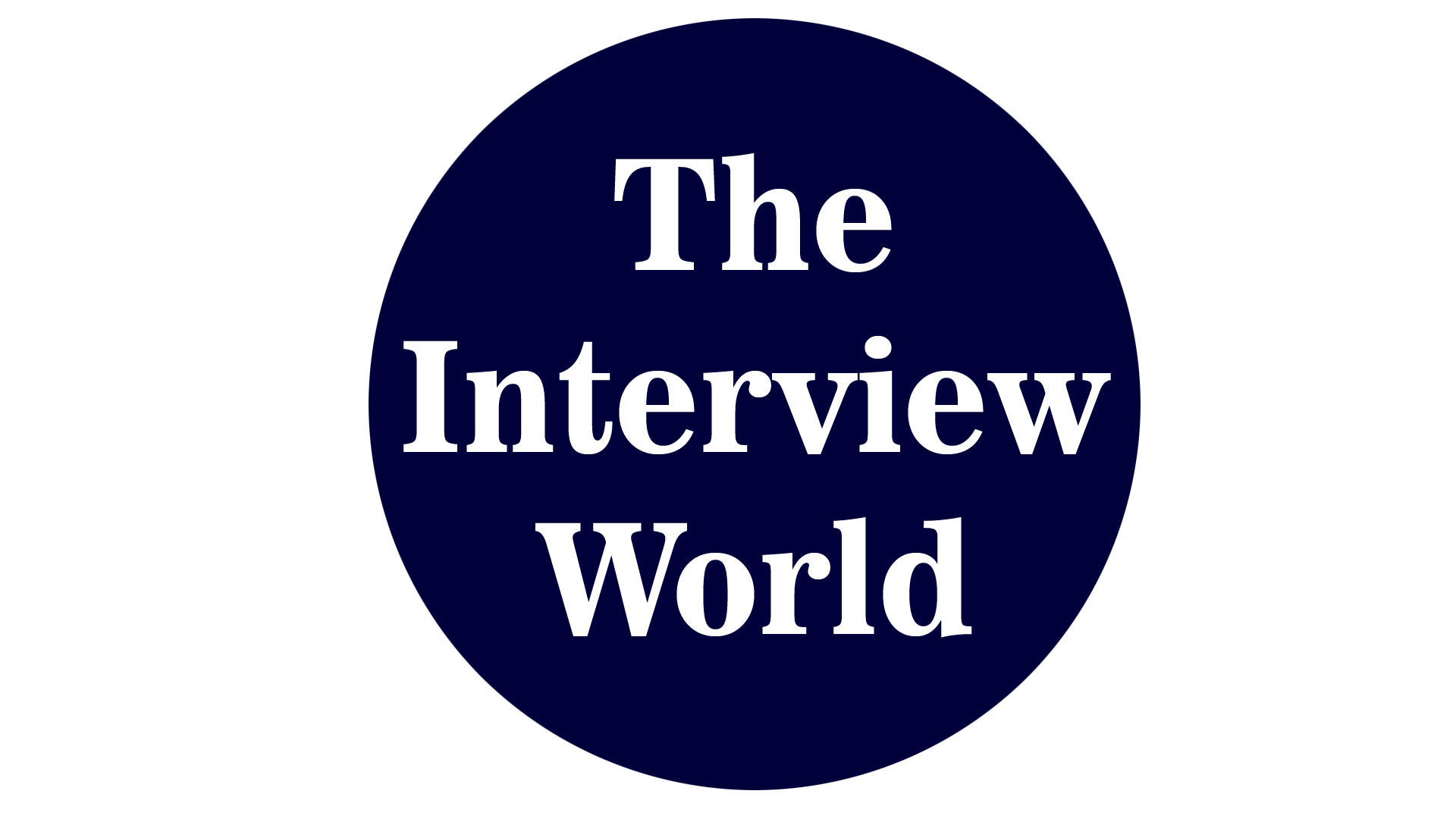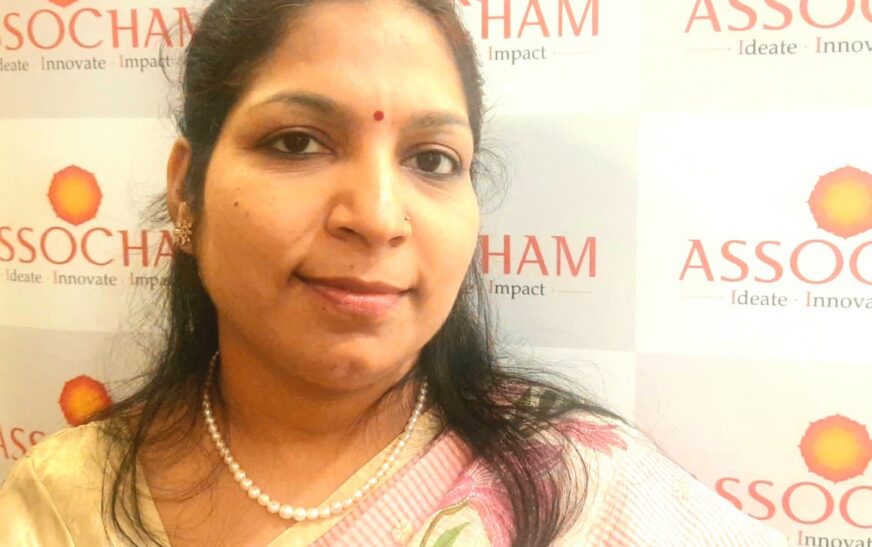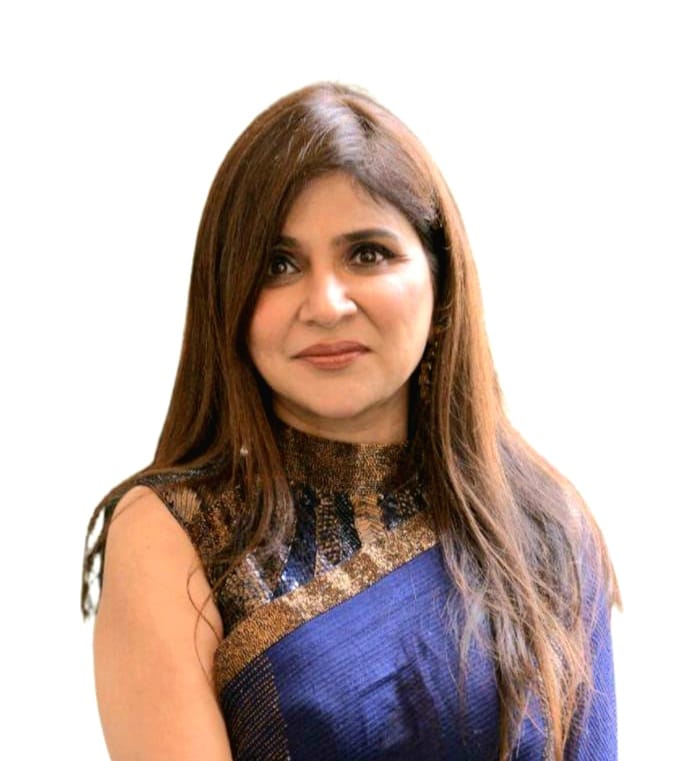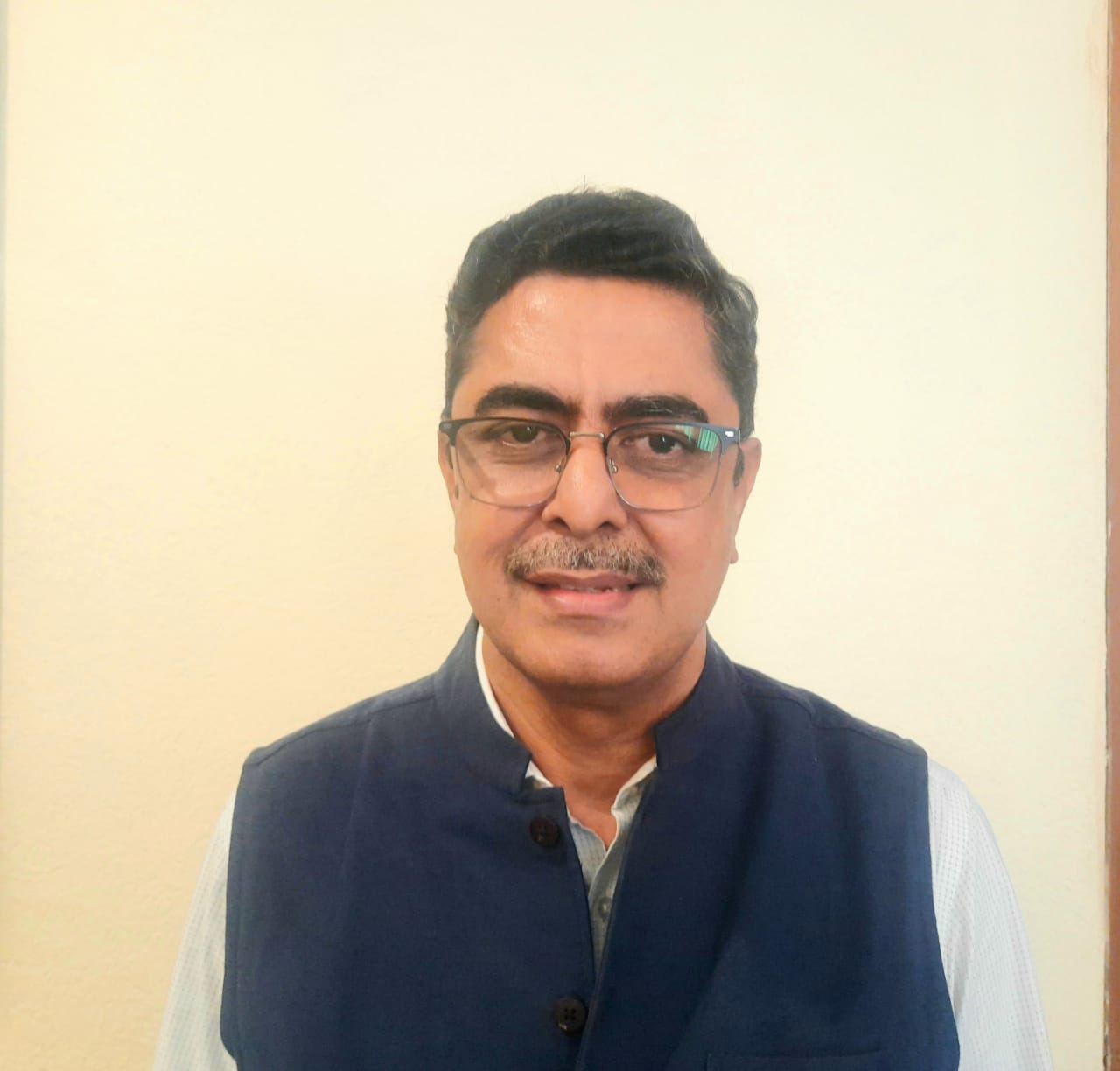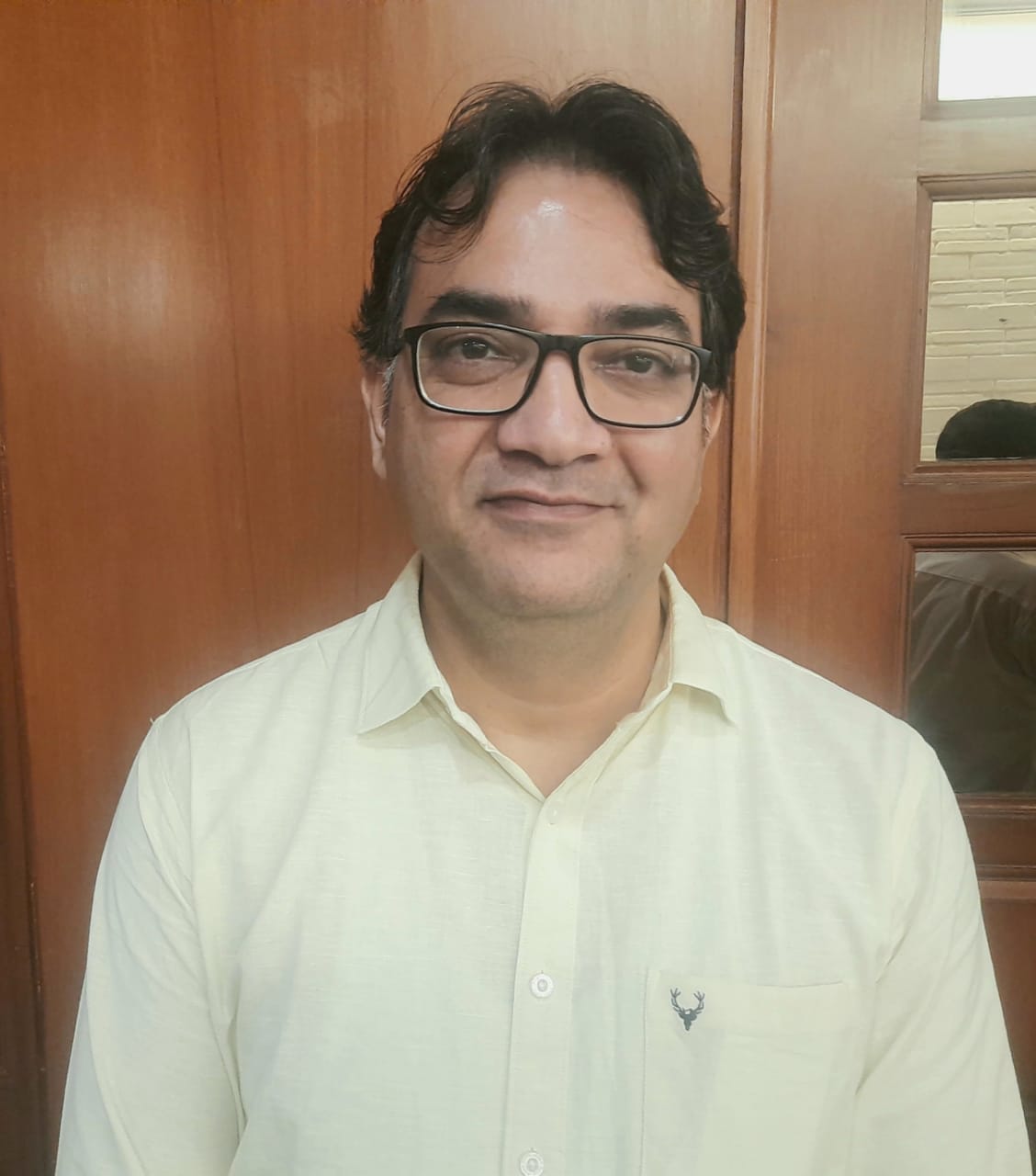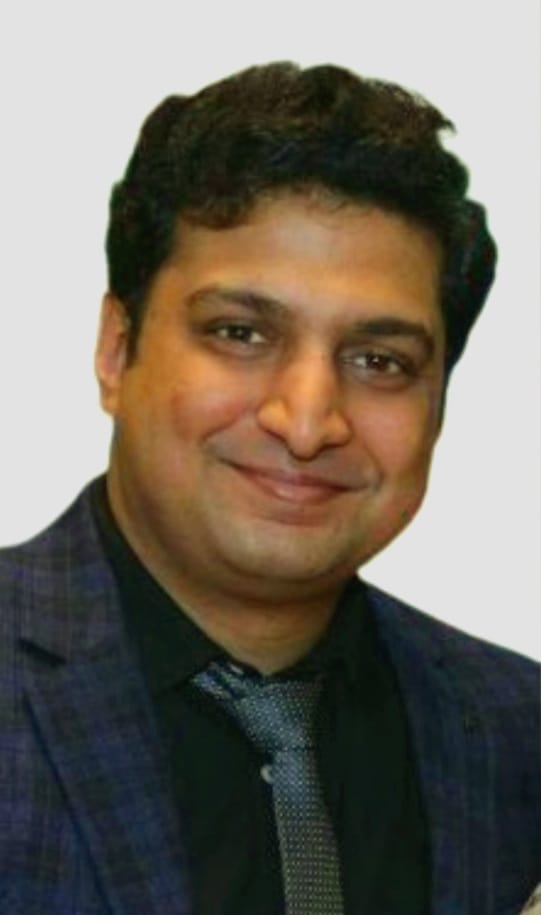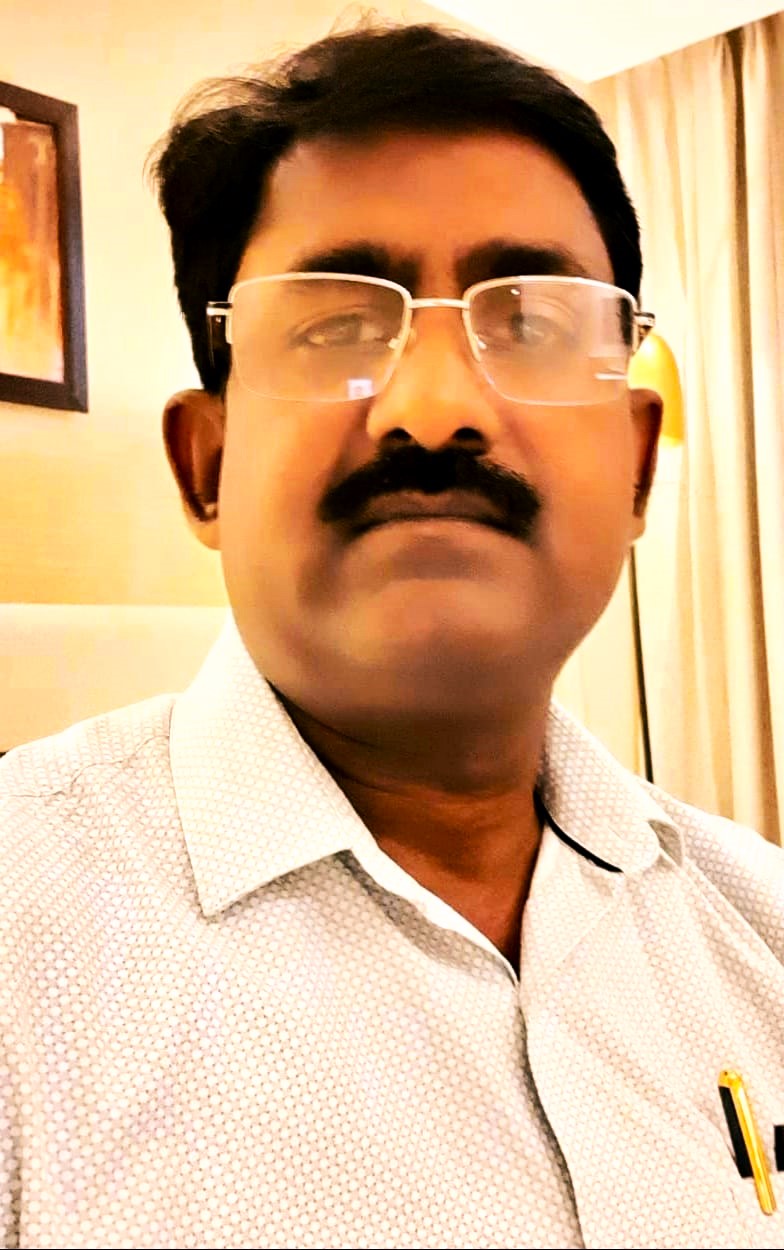Rashtriya Ayurveda Vidyapeeth (RAV)—an autonomous academy of the Ministry of Ayush—reignites India’s classical healing legacy with modern zeal. Established in 1988 and operational since 1991, it resurrects the Gurukula tradition, guiding young vaidyas toward authentic textual insight and hands‑on clinical mastery. Consequently, its coveted Certificate (CRAV) and Member (MRAV) programmes have already moulded more than 1,600 practitioners, each mentored by over eighty celebrated gurus across the country.
Beyond these flagship courses, RAV orchestrates a relentless cascade of scholarship: Gyan Ganga webinars, CME workshops, and research symposia constantly refine expertise while championing Ayurvedic tenets of mindful aahār, holistic wellness, and disciplined living.
Meanwhile, the Vidyapeeth honours distinction. The Fellowship of RAV (FRAV) annually applauds up to thirty luminaries, and its tiered scientific‑writing awards ignite fresh thought leadership and innovation. In parallel, RAV accredits academic programmes, builds a national clinical‑case repository, and delivers frontline training on intellectual‑property rights—all from its Dhanvantari Bhavan headquarters in Punjabi Bagh, New Delhi. In short, RAV propels Ayurveda’s renaissance through uncompromising education, global advocacy, and dynamic outreach.
Recently, at ASSOCHAM’s third Conference on Beauty, Wellness, and Traditional Medicine—aptly themed “From Tradition to Transformation: Shaping the Future of Holistic Health”—The Interview World engaged exclusively with Dr. Vandana Siroha, RAV’s dynamic Director. She delineated the academy’s mandate, underscored the imperative of standardisation for global AYUSH acceptance, and showcased Ayurveda’s accelerating adoption both in India and worldwide. Above all, she spotlighted the younger generation’s enthusiastic embrace of this time‑honoured science. The following key insights distil her compelling perspective.
Q: Could you elaborate on the core mandate and objectives of the Rashtriya Ayurveda Vidyapeeth, and how it aligns with the broader vision for promoting traditional Indian medicine?
A: Rashtriya Ayurveda Vidyapeeth (RAV) stands as India’s National Academy of Ayurveda and the nation’s premier training ground for Ayurvedic physicians. We sharpen doctors’ knowledge, elevate their clinical skills, and cultivate rigorous, practice‑ready expertise.
Our flagship programmes include the Certificate of Rashtriya Ayurveda Vidyapeeth (CRAV) and the Member of Rashtriya Ayurveda Vidyapeeth (MRAV). These courses immerse participants in advanced textual study and hands‑on mentorship, ensuring they leave with both intellectual depth and clinical precision.
Yet our mandate stretches far beyond core certification. We run specialised training in Intellectual Property Rights to protect medical innovation, and we offer focused modules in Dravyaguna (pharmacology), Kaya Chikitsa (internal medicine), and Pasu Chikitsa (veterinary Ayurveda). In addition, our e‑RSBK course—Rasashastra and Bhaishajya Kalpana—teaches the science of medicinal formulation and responsible manufacturing, guiding practitioners through codified, safety‑first protocols rather than ad‑hoc preparation.
RAV also governs quality through the Ayurveda Training and Accreditation Board (ATAB). This independent body evaluates and endorses Ayurveda programmes worldwide. To date, we have granted 94 national and 34 international accreditations, partnering with 22 countries to raise global standards and mutual recognition.
In short, RAV drives continuous professional growth, protects intellectual capital, and underwrites academic integrity—thereby fortifying Ayurveda’s place on the world stage while empowering every physician who walks through our doors.
Q: Standardization is increasingly seen as critical for advancing the credibility and global acceptance of Ayurveda. What is your perspective on this?
A: Accreditation defines quality and drives standardisation across our educational landscape. Statutory bodies such as the National Commission for Indian System of Medicine (NCISM) already regulate undergraduate and postgraduate programmes—BAMS, MD, and similar degrees—by setting curricula and enforcing compliance. Yet specialised offerings such as Panchakarma and other advanced skill‑building courses still require a dedicated quality framework. Therefore, we rely on the Ayurveda Training and Accreditation Board (ATAB) to fill that gap. ATAB rigorously evaluates these niche programmes, ensuring each one meets uniform standards of content, pedagogy, and clinical excellence while safeguarding Ayurveda’s integrity at every level.
Q: How has the adoption of Ayurveda and AYUSH systems been received by society, both within India and internationally? Are you seeing a growing acceptance and trust in these traditional medical streams?
A: Since Prime Minister Narendra Modi inaugurated the International Day of Yoga, global interest in AYUSH has surged. COVID‑19 only accelerated that momentum: people everywhere now seek natural therapies that heal without harsh side effects. Consequently, Ayurveda—supported by Yoga, Naturopathy, Unani, Siddha, Sowa‑Rigpa, and Homoeopathy—stands at the forefront of what the West labels “traditional” or “complementary” medicine.
Ayurveda’s appeal lies in its holistic promise. It does not stop at treating disease; instead, it shepherds patients from illness to enduring wellness. Practitioners prescribe personalised routines—daily dinacharya, seasonal ritucharya, balanced āhāra—and weave in yoga to stabilise body and mind. The result: a practical blueprint for a resilient lifestyle.
Moreover, this ancient science addresses today’s most stubborn lifestyle disorders. Carefully crafted therapeutic modules target obesity, diabetes, hypertension, and even certain cancers. Ordinary individuals can adopt these protocols, improve metabolic balance, and safeguard long‑term health—often without the pharmaceutical baggage that modern medicine sometimes demands.
In short, AYUSH has transformed its millennia‑old wisdom into a contemporary, evidence‑informed arsenal. The world now recognises that holistic care, rooted in nature and disciplined living, offers a credible path to sustainable health.
Q: How do you perceive the interest and engagement of the younger generation in Ayurveda and the broader AYUSH systems? Is there a noticeable shift in their attitude towards traditional healthcare?
A: Today’s youth often demand instant results. In that rush, they overlook two essentials: the real, long‑term benefit and the hidden cost—especially when they reach for supplements. Before swallowing any pill or powder, first ask: Does it match my body’s needs? Does it complement my meals rather than replace them? Remember, no capsule can substitute wholesome food.
Ayurveda codified this wisdom millennia ago. It names three pillars—Āhāra (diet), Vihāra (lifestyle), and Āchāra (conduct)—that anchor robust health. Modern research now validates those ancient insights.
Meanwhile, AYUSH’s global acceptance has soared since the COVID‑19 pandemic. People realised that comorbidities—diabetes, hypertension, obesity—magnify risk, and that a purely pharmaceutical response rarely suffices. A holistic plan works better: pair evidence‑based drugs with yoga, mindful nutrition, and targeted Ayurvedic supplements. Monitor protein, fats, and carbohydrates; fine‑tune them to metabolic demands; and you can even reverse certain conditions.
Indeed, several seasoned vaidyas have documented diabetes reversal through this integrated approach. Their success proves a simple truth: sustainable health arises not from quick fixes but from disciplined, well‑informed choices.
